There is a certain romanticism that surrounds the Rhineland. Maybe it’s visions of the Rhine being used as a transport route or maybe it’s the region’s natural and idyllic beauty. Either way, it’s of little surprise the Upper Middle Rhine Valley was awarded UNESCO status in 2002. Here we take a closer look at the Upper Middle Rhine Valley and wider Rhineland area to identify valuable learning experiences and landmarks that can support students across their subject areas.

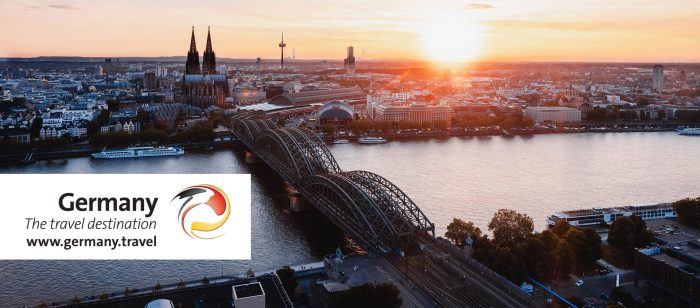
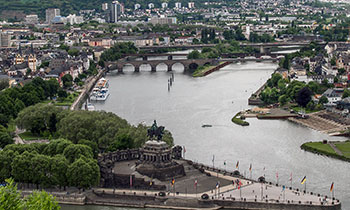
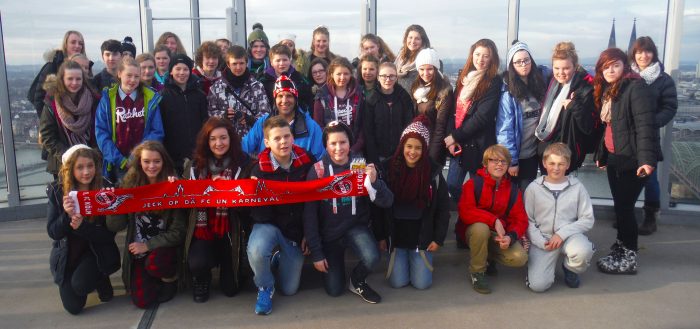
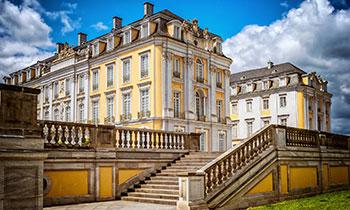
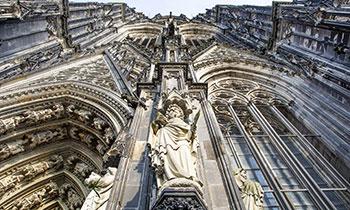
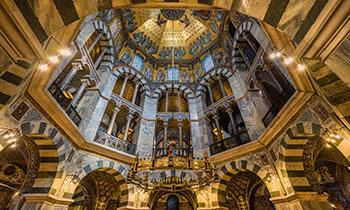
Comments are closed here.